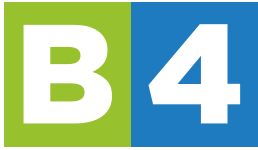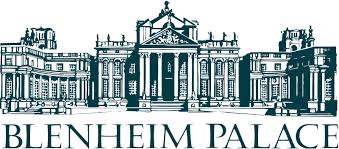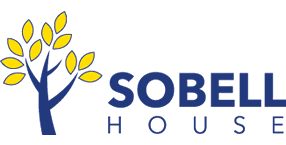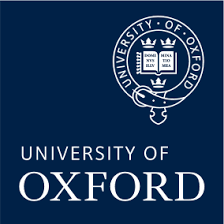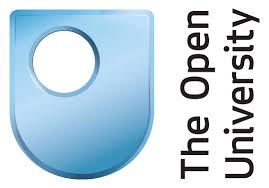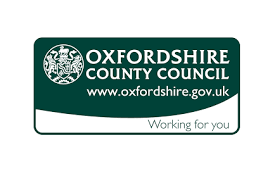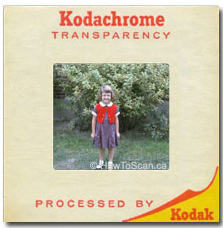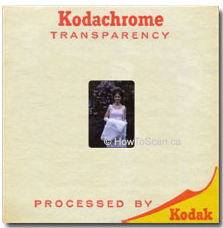Colour Negative Print Film Scanning Solutions | Oxford UK
Archiving and Scanning Digitisation at Oxford Duplication Centre

Digitisation of 35mm Colour Negative Print Film - Converting your Archives
In photography, a negative is an image, usually on a strip or sheet of transparent plastic film, in which the lightest areas of the photographed subject appear darkest and the darkest areas appear lightest.
There are different types of films today:
Print films are standard, commonly used films. They produce transparent negatives (images with inverted colors) that are printed on photographic paper with use of an enlarger or by contact printing. These films can be color or black-and-white.
Color reversal film (or "slide film".) works the same as print film but it doesn’t invert colors. It makes diapositives (transparencies) which can be placed in small metal, plastic or cardboard frames and used as slides in projectors or slide-viewers.
Color reversal sheet films of large format. They are used by professional photographers in order to produce very-high-resolution images which can be later scanned digitally.
Black-and-white reversal film exists but is used rarely.
|
Offering Award Winning, High Quality Photographic Film Scanning Solutions. From 1 Negative to 1000's of Archives.
| ||||||||
| Digitising Price Per Unit | Output Format | 1+ | 10+ | 50+ | 100+ | 500+ | 1000+ | 5000+ |
| Standard Scanning | JPEG 4800dpi | 2.00 | 1.00 | 0.50 | 0.45 | 0.40 | 0.35 | 0.30 |
| Publication Scanning | TIFF/RAW 3200dpi | 4.00 | 2.00 | 1.00 | 0.75 | 0.65 | 0.55 | 0.50 |
| Archival Scanning | TIFF/RAW 4800dpi | 6.00 | 3.00 | 1.50 | 1.25 | 1.00 | 0.75 | 0.75 |
| 35mm Slides, 35mm Half Frame, 35mm Negative Strips, 35mm Half Frame Negative Strips, 110 Pocket Slides, 3D Stereo Slides, 126 film mounts, 127 Superslides, 110 Negative Strips, 126 Negative Strips |
||||||||


